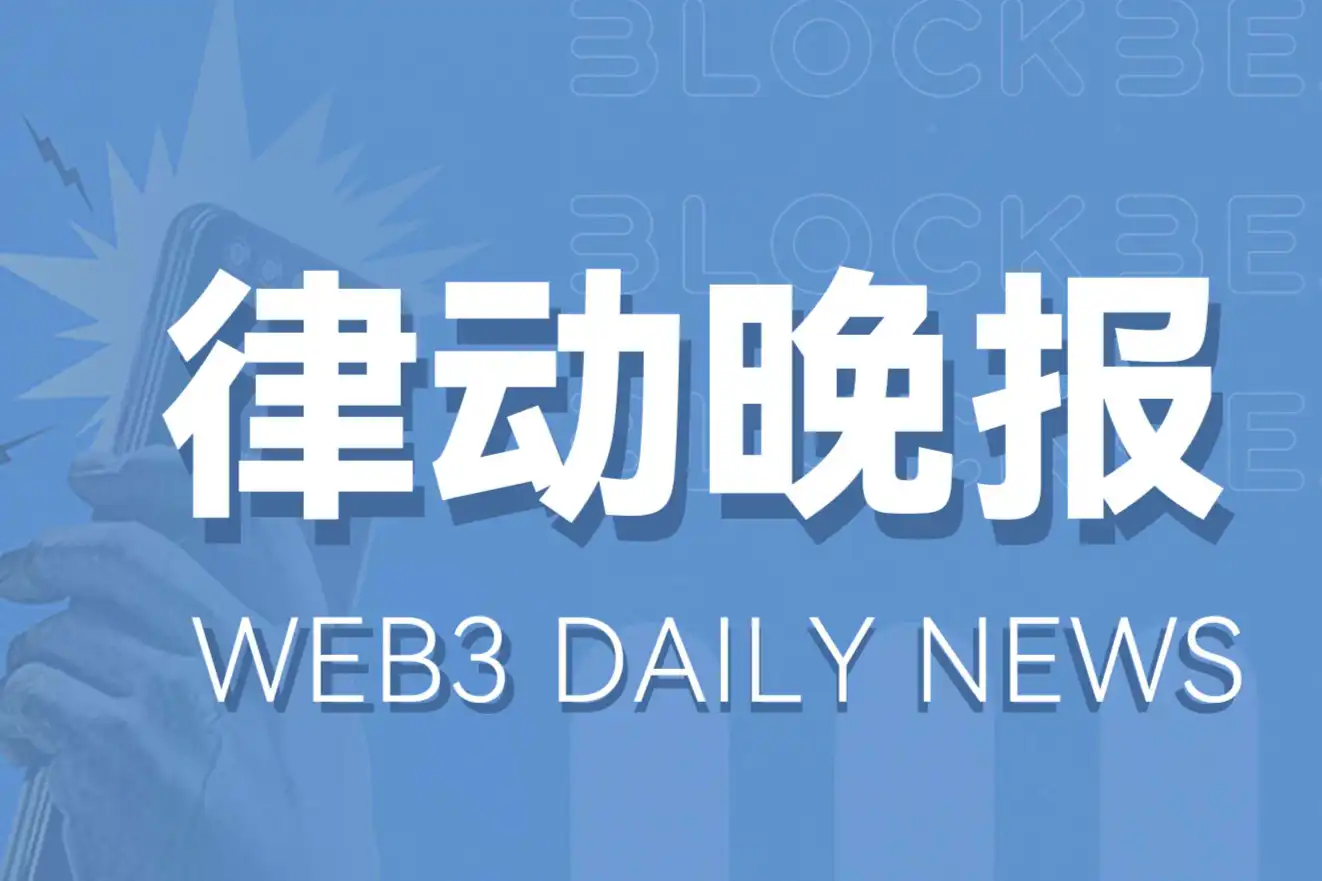XRP's Institutional On-Ramp: Strategic Implications and Investment Opportunities
- Institutional investors increasingly adopt XRP for cross-border payments, leveraging Ripple's ODL service which processed $1.3T in Q2 2025. - J.P. Morgan's potential XRP accumulation aligns with utility-driven demand, projecting $4.3B-$8.4B inflows via XRP ETPs if approved. - August 2025 court ruling affirming XRP's non-security status removes regulatory barriers, boosting ETF prospects and institutional participation. - XRP's macro appeal grows with dovish monetary policies and inflation, while RLUSD st
The financial landscape is undergoing a quiet but profound transformation as institutional investors increasingly turn their attention to digital assets. Among these, XRP has emerged as a compelling case study in the convergence of utility, regulatory clarity, and macroeconomic tailwinds. The recent whispers of J.P. Morgan's potential accumulation of XRP, coupled with broader institutional adoption trends, signal a pivotal shift in how traditional finance perceives and integrates blockchain-based solutions. This article examines the strategic implications of these developments and evaluates XRP's trajectory as a utility-driven asset in a post-SEC litigation environment.
The Strategic Rationale for Institutional Adoption
XRP's appeal to institutions lies in its unique value proposition: a fast, low-cost, and scalable solution for cross-border payments. Ripple's On-Demand Liquidity (ODL) service, which leverages XRP as a bridge asset, has already processed $1.3 trillion in transactions in Q2 2025 alone. This utility is particularly attractive to banks and payment providers operating in high-cost corridors, where XRP's 0.0004% transaction fees starkly contrast with the 5–7% costs of traditional SWIFT transfers. For institutions, this translates to significant cost savings and operational efficiency, reducing reliance on pre-funded nostro accounts and mitigating foreign exchange risks.
J.P. Morgan's reported accumulation of XRP, while unconfirmed, aligns with this utility-driven narrative. The firm's internal analysis, “Sizing up the XRP ETP Opportunity,” estimates that XRP-based exchange-traded products (ETPs) could attract $4.3 billion to $8.4 billion in inflows within a year of approval. This projection is rooted in XRP's economic advantages and its growing integration into real-world financial infrastructure, such as Ripple's partnerships with Santander , SBI Holdings, and Tranglo. If J.P. Morgan is indeed building a position, it reflects a strategic bet on XRP's role in reshaping global payments.
Regulatory Clarity and the ETF Catalyst
The August 2025 U.S. Court of Appeals ruling, which affirmed XRP's non-security status in secondary markets, has been a game-changer. This regulatory clarity has removed a critical barrier to institutional participation, enabling asset managers to explore XRP-based products without legal ambiguity. The potential approval of U.S. spot XRP ETFs—already in the filing stages—could mirror the success of Bitcoin and Ethereum ETFs, injecting billions into the asset class.
J.P. Morgan's analysis suggests that XRP ETFs could capture 3–6% of the token's $146.5 billion market cap in their first year, a figure that underscores the scale of institutional interest. The firm's own digital assets division has also expanded its blockchain initiatives, including the launch of JPMD, a USD deposit token on Ethereum's Layer 2. These moves indicate a broader strategic alignment with digital infrastructure, positioning J.P. Morgan to capitalize on XRP's utility and ETF-driven liquidity.
Macro Tailwinds and Market Dynamics
Beyond regulatory and technological factors, macroeconomic conditions are amplifying XRP's institutional appeal. Dovish central bank policies have reduced the opportunity cost of holding non-interest-bearing assets like XRP, while inflationary pressures have spurred demand for non-sovereign hedges. Additionally, XRP's role in emerging markets—where it facilitates real-time remittances and reduces liquidity constraints—positions it as a critical tool for financial inclusion.
Ripple's RLUSD stablecoin, backed by reserves custodied with BNY Mellon, further enhances XRP's utility. By offering a regulated on-ramp to the XRP ecosystem, RLUSD allows institutions to selectively leverage XRP's cost advantages in corridors where it outperforms traditional systems. This hybrid model—stablecoin for stability, XRP for efficiency—creates a compelling value proposition for institutional portfolios.
Risks and Considerations
While the case for XRP is robust, investors must remain cognizant of risks. Regulatory shifts in key markets, such as the EU or Asia, could disrupt adoption. Additionally, XRP's price volatility, though mitigated by its utility-driven demand, remains a concern. The token's performance is also contingent on the success of Ripple's ODL network and the broader adoption of its stablecoin.
Investment Thesis and Strategic Recommendations
For investors, XRP presents a dual opportunity: exposure to a utility-driven asset with real-world demand and the potential for capital appreciation as institutional adoption accelerates. The approval of XRP ETFs could act as a liquidity catalyst, similar to Bitcoin's 2024 ETF surge. However, a diversified approach is prudent. Investors should consider allocating to XRP-based ETPs while hedging against macroeconomic risks through a mix of traditional and digital assets.
In the short term, monitoring J.P. Morgan's actions and the SEC's ETF decisions will be critical. Long-term, the expansion of Ripple's ODL network and the integration of XRP into decentralized finance (DeFi) through the XRP Ledger's automated market maker (AMM) could deepen institutional demand.
Conclusion
XRP's journey from speculative token to institutional-grade asset underscores the evolving role of blockchain in global finance. As J.P. Morgan and other institutions increasingly recognize its utility, XRP is poised to become a cornerstone of cross-border payments and treasury operations. For investors, the key lies in balancing optimism with caution, leveraging XRP's strategic advantages while navigating the inherent risks of a rapidly changing market. The coming months will be pivotal, but one thing is clear: the institutional on-ramp to digital assets is no longer a distant possibility—it is an unfolding reality.
Disclaimer: The content of this article solely reflects the author's opinion and does not represent the platform in any capacity. This article is not intended to serve as a reference for making investment decisions.
You may also like
Powell sees signs of crisis
Powell's primary motivation for halting quantitative tightening is to prevent a liquidity crisis in the financial markets.

Glassnode: Bitcoin options market shows premium concentration at $115K–$130K

Ethereum Looks Ready – Key Support Holds As Bulls Aim Fresh Upside Push

Key Market Intelligence for October 15: How Much Did You Miss?
1. On-chain funds: $142.3M flowed into Arbitrum today; $126.7M flowed out of Hyperliquid. 2. Top gainers and losers: $CLO, $H. 3. Top news: Base co-founder reiterated that the Base token is about to launch.
